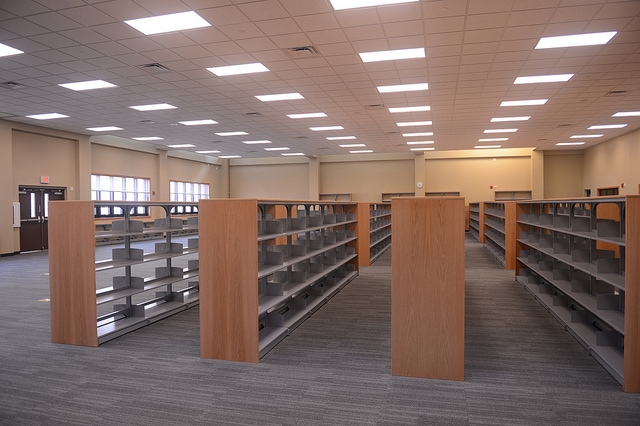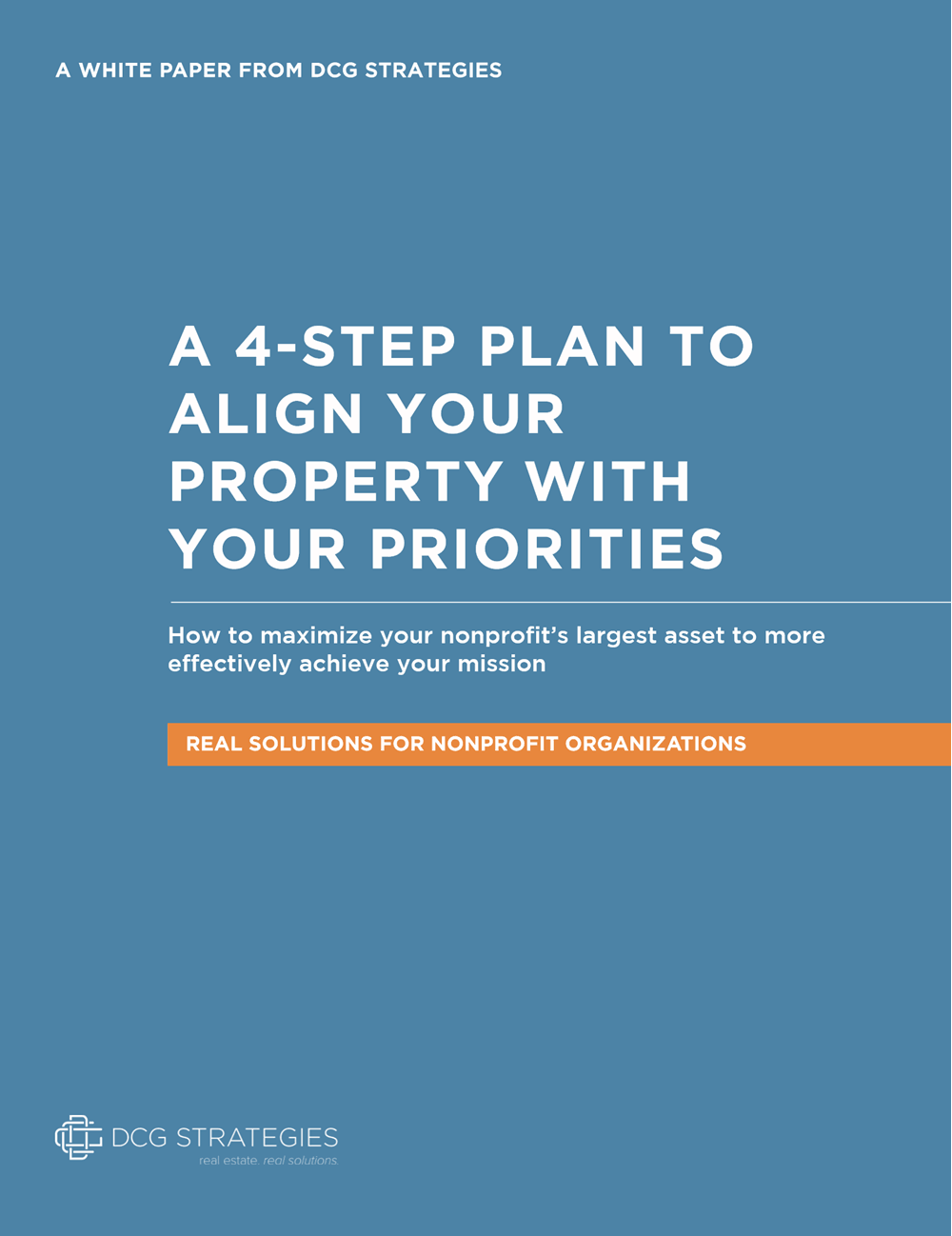My mother use to say, “It’s not polite to talk about money in public.” I’ve mostly stood by this advice when exchanging casual niceties at the local coffee shop, but with this year’s election results still hot on everyone’s mind–perhaps more accurately, on their tongues–I was surprised to find myself in the middle of a public discussion about school bonds and new taxation. Our school district had succeeded in campaigning for a bond that would support the construction of a new elementary school in our district. Democracy had prevailed, I thought. We’re all getting what we wanted!
 When school’s need to build new resources, they may seek a school construction bond.
When school’s need to build new resources, they may seek a school construction bond.
Image source: Flickr CC user USAG – Humphreys
The overwhelming support throughout many of California’s school districts to support construction bonds was not something I thought my community would argue about. However, many of my friends were disappointed to see the new taxation–particularly in the wake of a budget deficit–despite the benefits to the community. But the people of California have spoken. Across the Sacramento region, for example, 89 of 113 bonds were passed, with most of them far exceeding the 55 percent majority needed. Despite my mother’s advice, I think it’s important to talk about these school bonds openly, and hopefully introduce a dialogue that allows us to look past the tax and further into the future so that schools can get the funding they need.
Every year, the state provides school funding for operating costs, payroll, books, and supplies. However, when a school needs major upgrades to their facilities, or the community needs to build a new school, the school district may choose to propose debt (a bond) for school construction, which involves raising the tax rate in order to pay for the bond. The school district then promises to pay back the bond with the taxes it collects and pay interest to the bondholders over a certain period of time.
Why bother with a bond? Because the money can be incredibly beneficial to schools in times of need.
The Power of School Construction Bonds
The Lammersville Unified School District is one success story that highlights the benefits of utilizing school construction bonds to solve a variety of problems. The district in partnership with local developers, and the state school construction program built Mountain House High School, which is located in a community reported to have suffered one of the highest underwater mortgage rates in the country in 2008. With the bond receiving an 81 percent majority, residents of this community embraced a newly unified school district, a state-of-the-art facility, and the highest test scores in the San Joaquin County. Perhaps best of all, students no longer had to take a bus to a neighboring city to go to school. Moreover, the new school facility added value to the surrounding real estate, which will benefit the residents of these underwater mortgages over time.
The problem for many districts lies in their ability to properly identify the needs within a school district, consider the financial impact, and communicate well within the community in the context of the local economy and other political factors. These challenges combined have made it increasingly difficult to borrow money for municipal projects–but not impossible.
Teaching Homeowners To Embrace Tax-Based School Construction Costs
Identifying the Need
Before proposing a bond, school districts should undergo a rigorous facilities and financial assessment, whereby a professional facilities evaluation provides a construction or upgrades strategy, and a financial advisor determines the cost.
Understanding Financial Impact
Whatever the size of the school district, the financial impact of a successful bond will affect taxpayers for years to come. It’s a district’s responsibility to consider and explore all of the options available that will help lessen the financial burden by applying for federal debt financing tools like Build America Bonds (BABs) or Qualified School Construction Bonds (QSCBs).
Community Transparency
Homeowners and business owners will be reluctant to support increased taxes, irrespective of the district’s property wealth. Bond elections are won and lost according to public opinion, and public opinion is swayed according to information and the way that information is communicated. Providing information that allows voters to see past the taxation and into the future will solve education needs today with long-term solutions for tomorrow.
These bonds are generally worth millions and millions of dollars. For example, just in the Sacramento area, the Woodland Unified School District proposed a bond worth $97 million, the Natomas bond will raise $129 million to upgrade 19 schools, and the Robla bond will provide $29.8 million to build a school and remodel other facilities. These numbers can be intimidating! This is why opening up the conversation is important.
Sure, the opposing argument is valid: borrowing more money and postponing the payment creates debt for the next generation. But that’s a very shortsighted assessment of what children need today versus what we assume they will suffer twenty years from now. For example, the Natomas bond will cost taxpayers about $59 a year per $100,000 of assessed property value. When the numbers are displayed like that, the case for supporting school construction bonds is far more easily made.
By identifying school facility needs, understanding the financial impact, and communicating this information openly, communities will understand the potential power of these bonds for their kids. Then school districts can make the most of a difficult situation, while also providing children the security they need for a promising future.
Consulting with a commercial real estate company like DCG Real Estate that specializes in assessing, planning, and developing school facilities or municipal projects can provide school districts the resources they need to develop a construction plan voters can agree on when proposing school bonds to a community.





